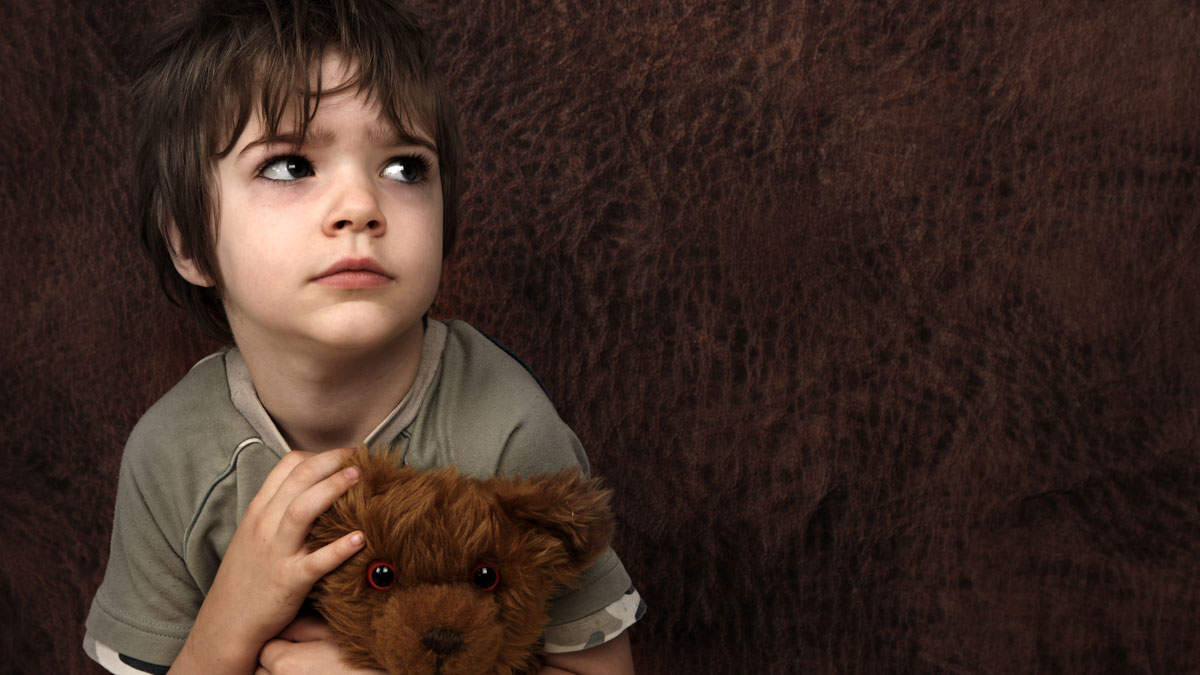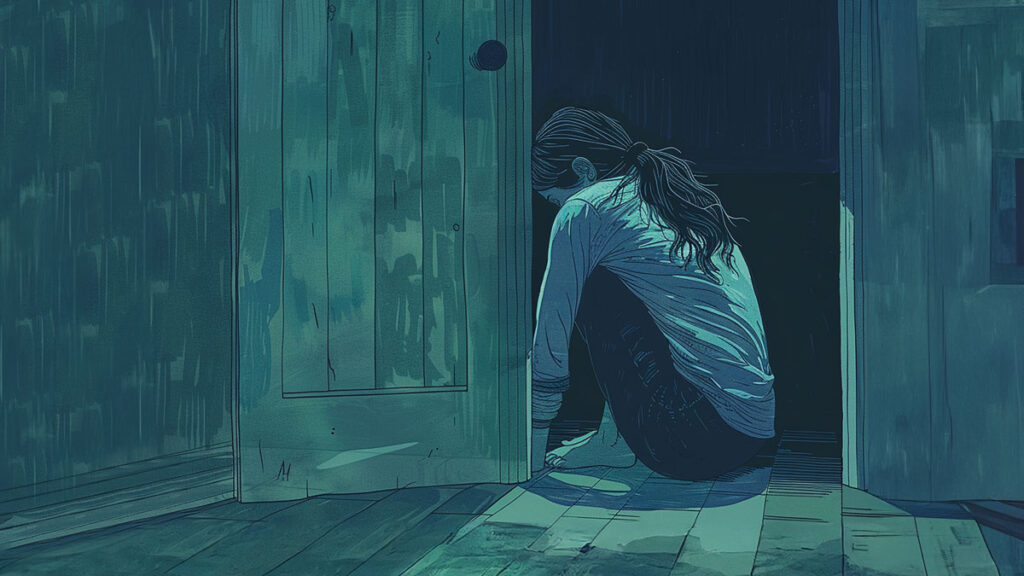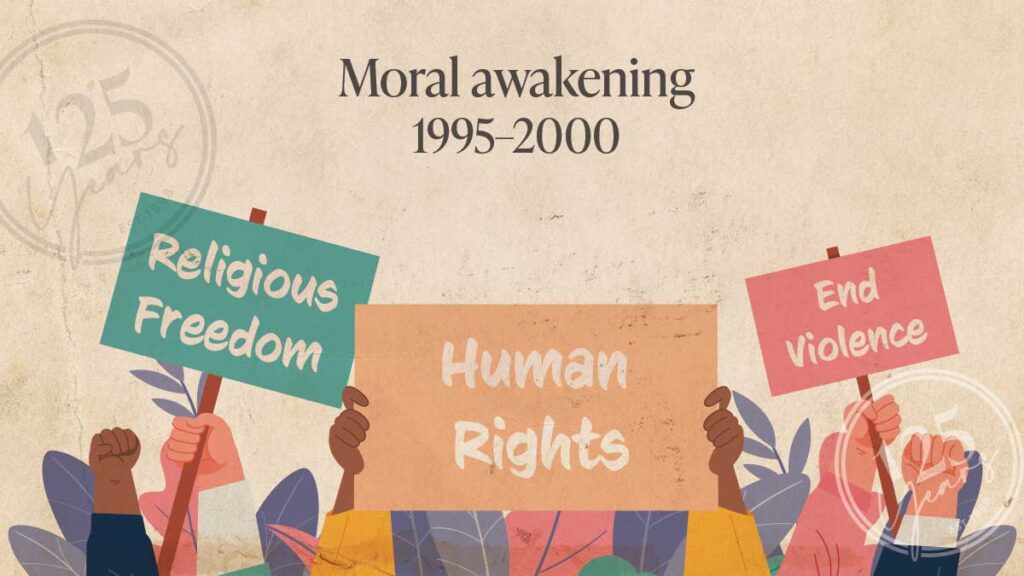Let me give you one last kiss!” she replied to his announcement that he was leaving her for good. She played on his male ego and love of kissing—but her intention was not what he expected.
About three years ago he had kissed her in her workplace and it had caused her to lose her job. “But I did not kiss him!” she pleaded. “Why should I lose my job? He came from behind and kissed me, not me him! He didn’t even ask if he could kiss me.” She tried to defend herself, to no avail. Her employer was adamant and she was out.
That kiss was not the only thing he took without permission.
As she would not respond favourably to his advances and did not want to go out with him, he decided to find other means of getting close to her. He secretly followed her to find out where she lived. He forcefully entered the apartment and, once there, refused to leave. She protested, but he remained. She protested against his sexual advances, again to no avail.
She was unfortunately familiar with unwelcome sexual advances, accurately called rape.1 She successfully escaped at least three attempted rapes in her childhood. The first one at age seven, by her older brother. The others from young men in the community. This time, however, she was not successful.
And she was devastated to find out that she was pregnant.
At that time, being pregnant out of wedlock was very shameful. So she asked him to marry her. He refused. Twice she organised a date with the authorities and witnesses, but he did not come. The third time he finally came and they were married.
Now, she was pregnant with their second child, and he had decided to abandon her and the children.
He liked smoking cigarettes and drinking alcohol and did not financially support his family. Still, she thought it is better to have a husband and father of her children, than to be alone, especially since she was getting more and more signs that her health was in serious jeopardy—her spine was caving in. She did not want him to leave them alone, she was hoping he would help to raise their children.
She had a lot of pent up anger.
Now, as she faced being discarded by this man, her husband, that anger came out.
He was quite happy to oblige her request for one last kiss. He waited expectantly. As she came close enough to hug and kiss him, she surprised him by the violence of her actions. She swung her hand, landing a blow on his head. Somehow this tall handsome man found himself on the ground. She lashed out any way she could. She hit him, she kicked him, she beat him up good. After the flurry of blows was over he was bedridden for weeks. He never attempted to leave her again.
In the same room, and 18-month-old little girl watched this incident while the five-month-gestation boy growing inside her body felt it.
The woman tried her best to be a good mum, but this and other experiences affected her children.
One grew up feeling hatred and anger. Another had behavioural problems throughout their childhood and became an alcoholic. Another child, born some years later, heard this story many times. She grew up filled with fear, confused about her parents. She thought she should hate her dad because he didn’t care for the family and love her mum because she did, yet her feelings were the opposite. She struggled with low self-esteem and mild depression throughout her life. They all needed a lot of outside help, bathed in God’s grace to navigate life’s challenges.
Thankfully such help exists. There are books, seminars, counsellors, psychologists, psychiatrists and group help. The journey toward healing is life long, but is well worth the effort and tears one sheds while travelling this path.
Violence is wrong and has long-lasting consequences. Perpetrators and victims both suffer and need help. Shame and silence around this issue do not help the victim or the perpetrator. Children who witness or are subject to violence are traumatised and need help to overcome post-traumatic stress. The survival techniques a child develops growing up in such an environment become obstacles to experiencing life to the full in their adulthood.2 Without help, they may abuse others, and so the plague of violence continues.
Although statistically the vast majority of violent acts in homes are done by males,3 in this true story you can find that both males and females can be victims and perpetrators and the common roles can be exchanged.
What is important for those who receive a disclosure about domestic violence is that they believe the victim. In the case of violence, public appearance is always misleading, because a very violent person in one context can be very loving and caring in another.
God hates violence, so much so that the first population of the earth was eliminated to eradicate violence (Genesis 6:13). The psalmist says that “those who love violence, He (the Lord) hates with a passion” (Psalm 11:5). God is against violence and we should be too. God wants the home to be the happiest place on earth.4
Let us do whatever is necessary to stop stories such as this one being made in our homes, in the homes of our neighbours and in the community as a whole. Let us resist violence, as victims always do. Let us make “the effort to make the home what it should be–a symbol of the home in heaven”5 where there will be no more tears, “no more death or mourning or crying or pain” (Revelation 21:4).
1. Check the website Insight Exchange: Upholding Dignity to better understand violence, and especially the importance of language used in describing the situation. <insightexchange.net/exchange/creating-conversations/language-lab/>.
2. “Early childhood trauma is a risk factor for almost everything, from adult depression to PTSD and most psychiatric disorders, as well as a host of medical problems, including cardiovascular problems such as heart attack and stroke, cancer and obesity.” Past trauma may haunt your future health, Harvard Health Publishing, February 2019. <health.harvard.edu/diseases-and-conditions/past-trauma-may-haunt-your-future-health>.
3. 1 in 5 females and 1 in 20 males experience sexual violence. Personal Safety, Australia, 2016. Australian Bureau of Statistics, October 8, 2017.
4. Ellen White, The Adventist Home, p 102.
5. Ibid, p 38.






